Echeveria setosa is variable in appearance. Four varieties have been described that differ in height, size, shape, and hairiness of the leaves. It is also included in some cultivars.
Echeveria setosa is probably known as Mexican firecracker because of its Mexican origin and bright red-yellow flowers.
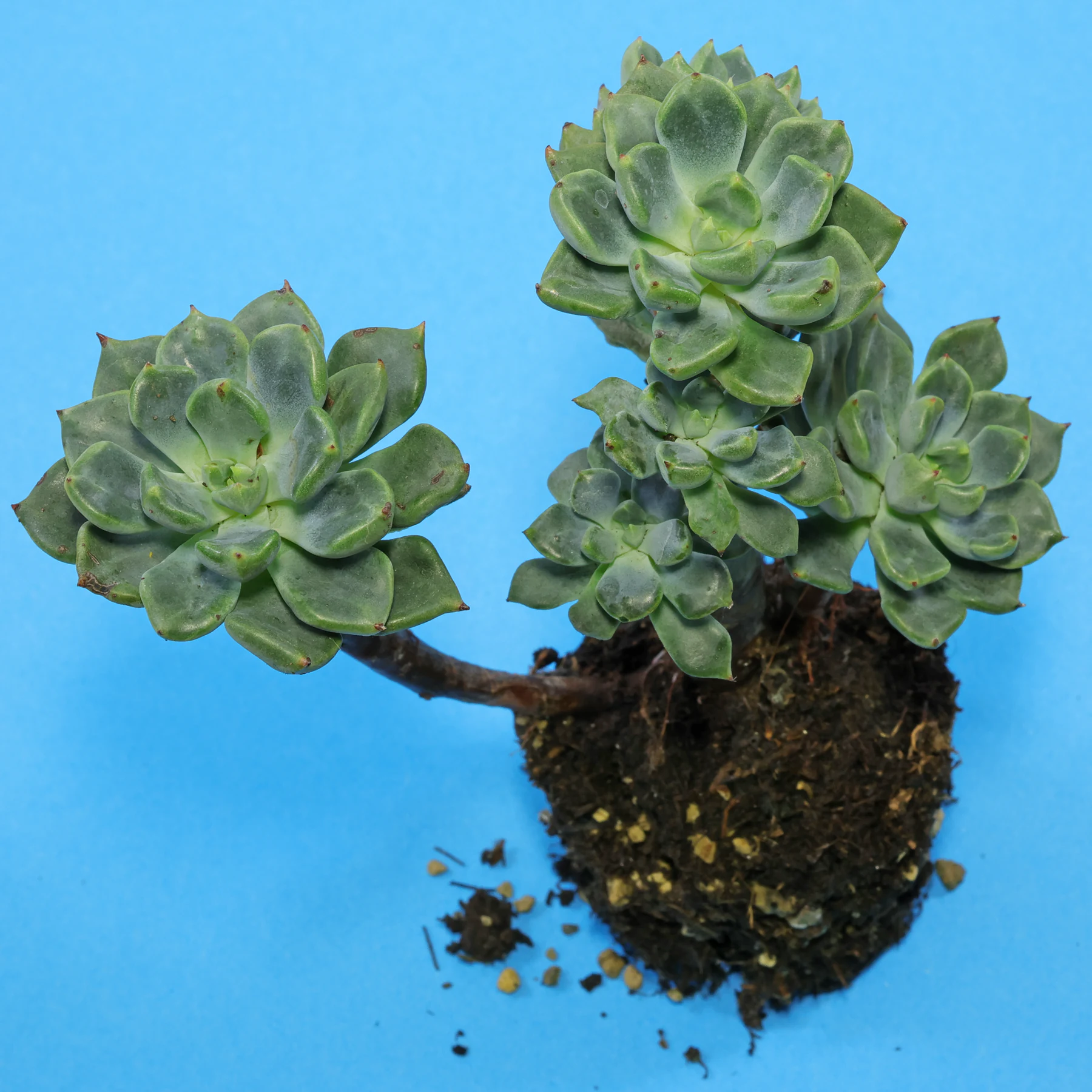
Light & Temperature
Echeveria setosa does best in full sun and tolerates the hot summer sun. It can be grown in the garden or on the balcony from late spring to fall. However, it should be slowly acclimated to unfiltered sun after winter or when newly purchased.
It does not tolerate frost.
Spending time in the garden or on the balcony can have a positive effect on flower development.
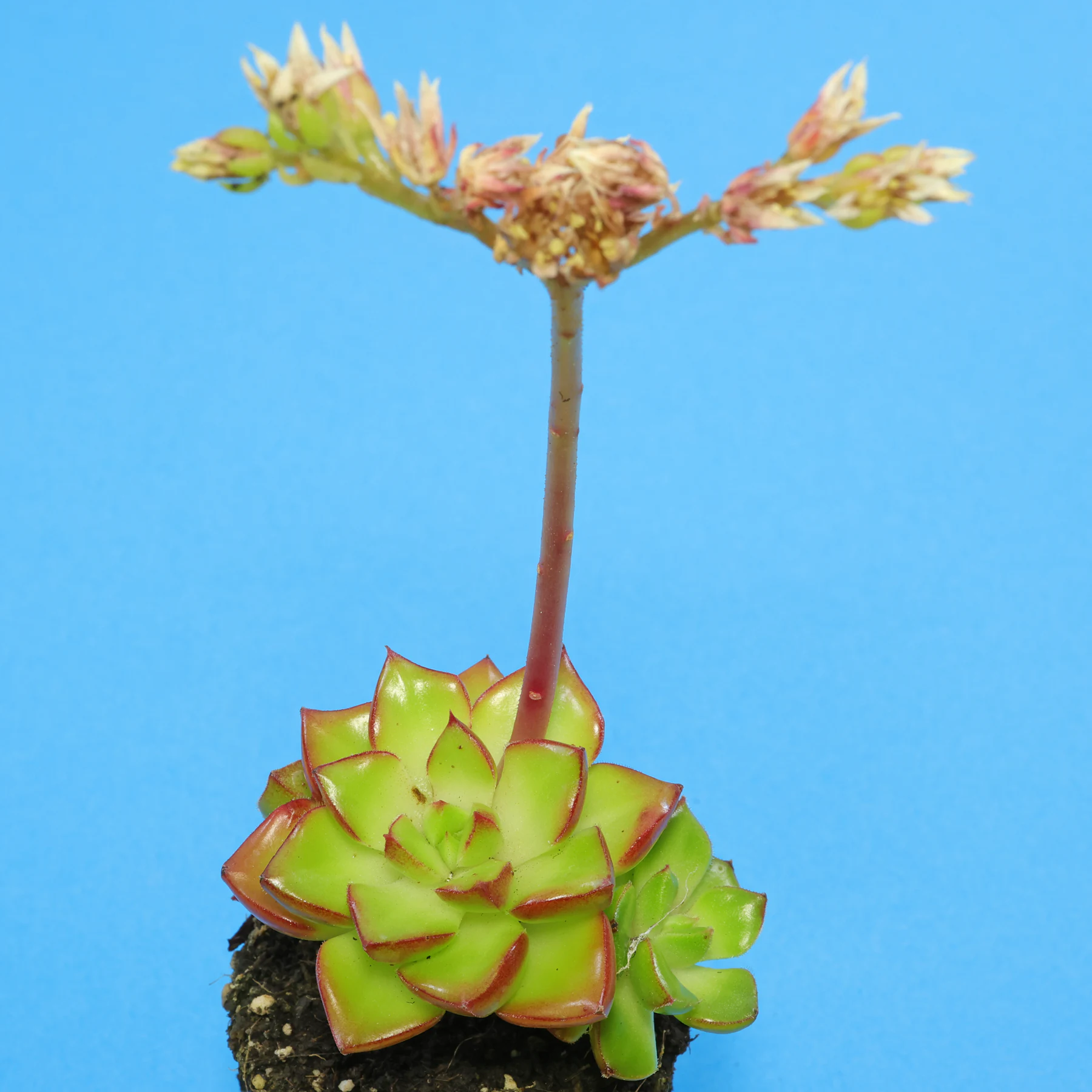
Cool to temperate overwintering at 41 to 59 °F (5 to 15 °C) is ideal.
If Echeveria setosa has to overwinter in warmer conditions, it should be watered as little as possible so that it stops growing.
Substrate
Mineral and semi-mineral substrates can be used. For example, standard cacti mixes or mixtures based on pumice and lava gravel.
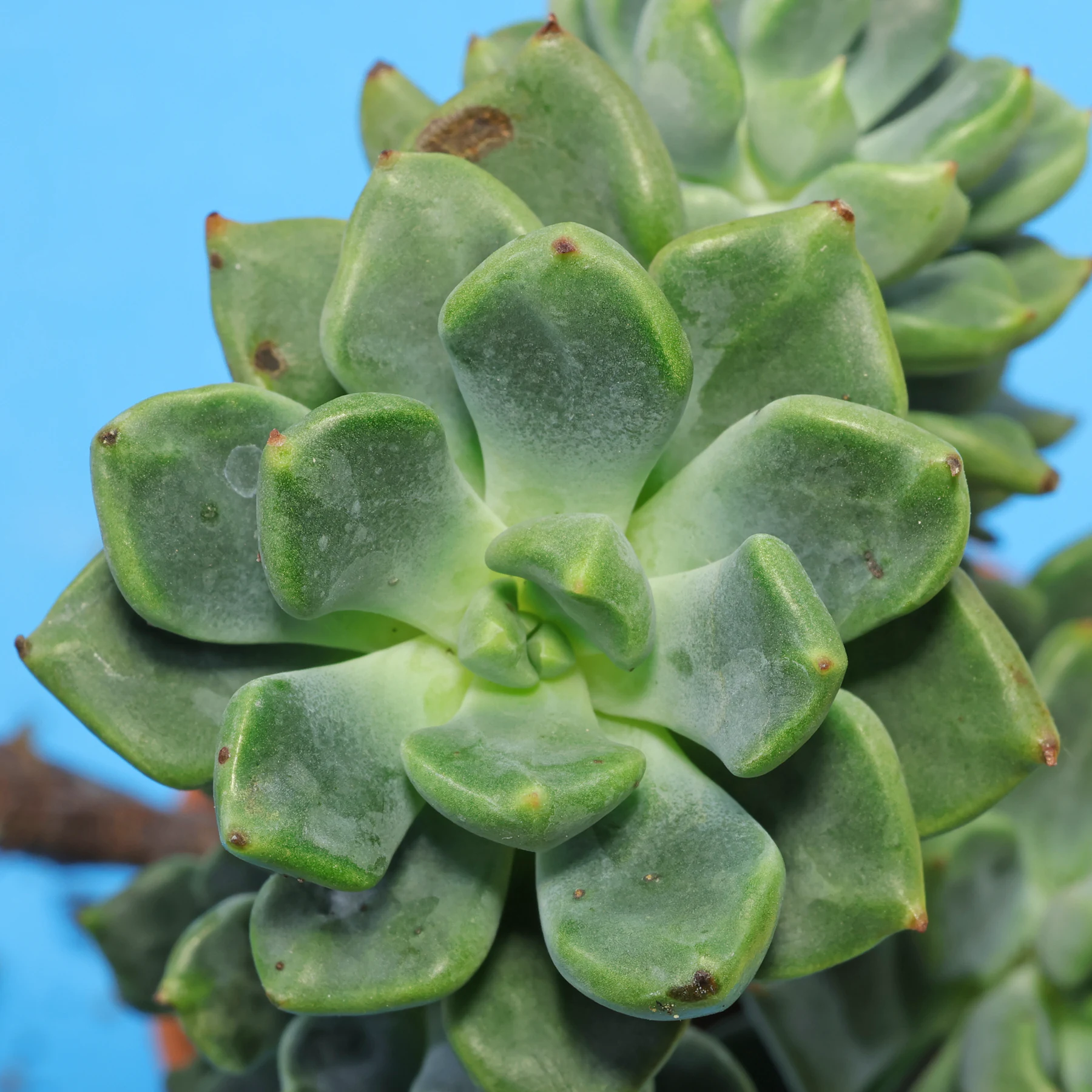
Watering
The substrate should be allowed to nearly dry out or dry out between waterings.
During the growing season in summer, the plant can be watered thoroughly. Water until the substrate is saturated. Allow it to dry out until the next watering.
In order to avoid etiolated growth, water only in small amounts in winter and the soil should be kept as dry as possible.
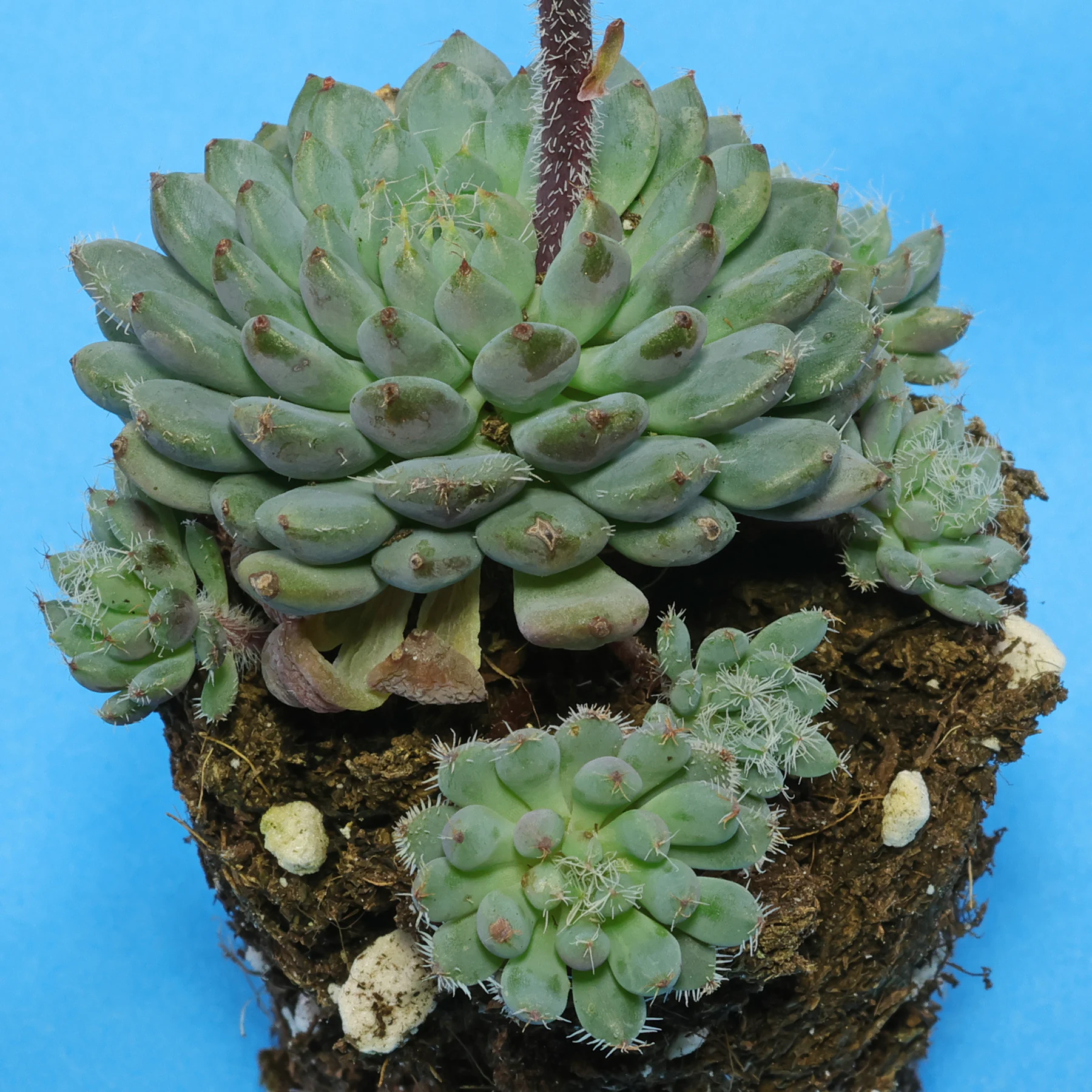
Fertilization
Liquid cactus fertilizer can be given occasionally from spring to late summer.
Echeveria setosa does not need any fertilizer during the first year after purchase or repotting.
Propagation
Like most other species in the genus Echeveria, Echeveria setosa can be propagated by seed, shoot cuttings, leaf cuttings, and by cutting off daughter rosettes.
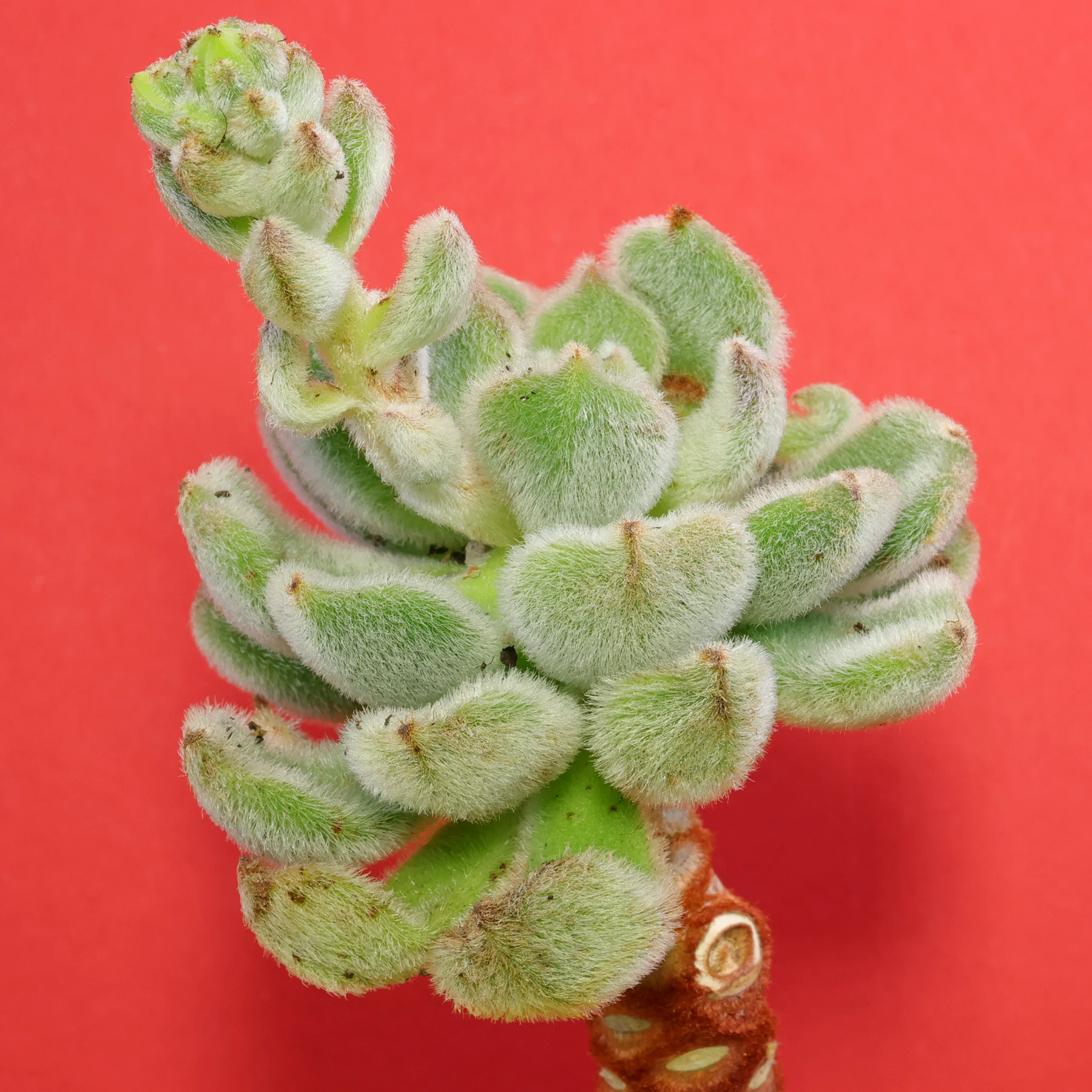
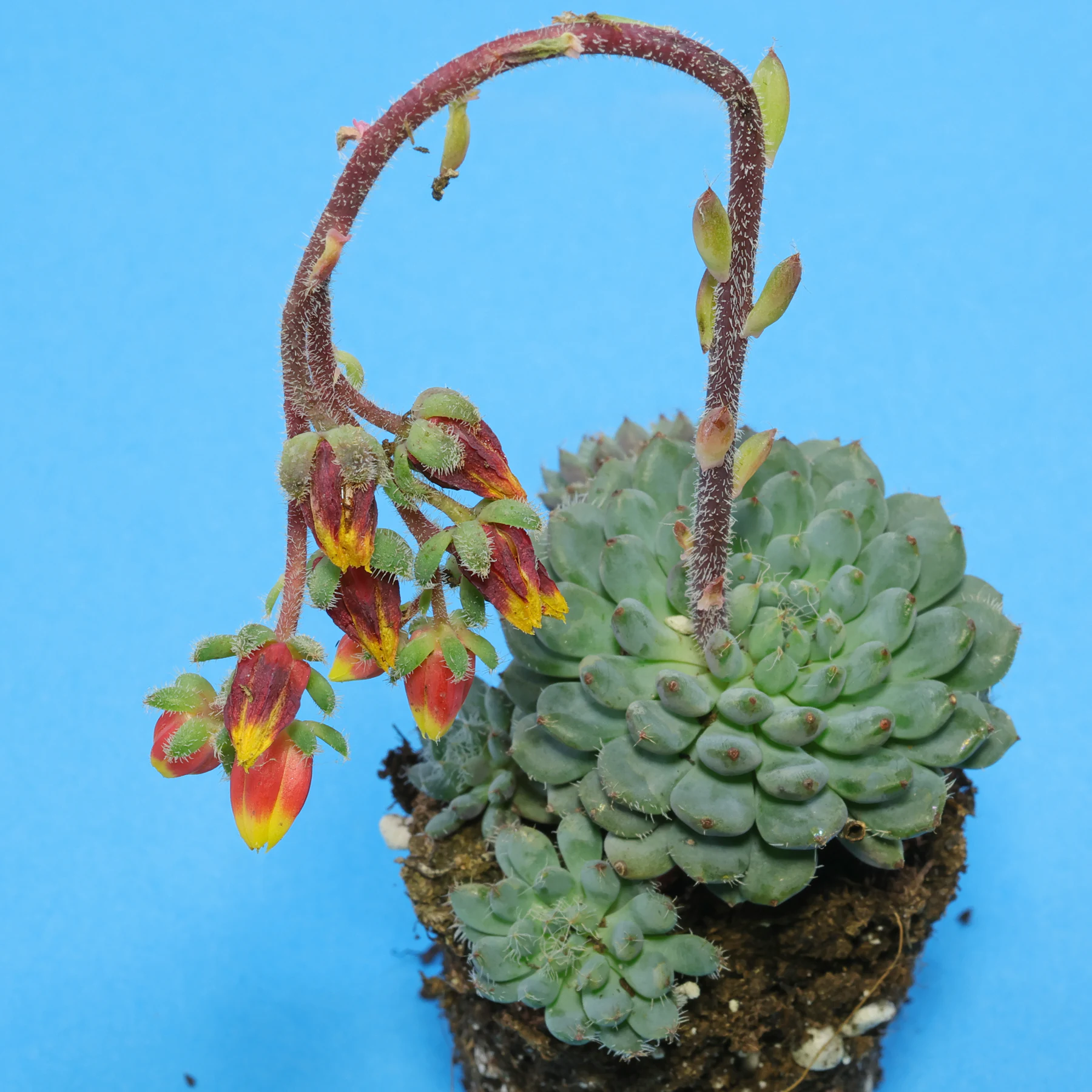
 ×Cremnosedum “Little Gem”
×Cremnosedum “Little Gem” Aeonium: a brief introduction
Aeonium: a brief introduction Crassula “Money Maker”
Crassula “Money Maker”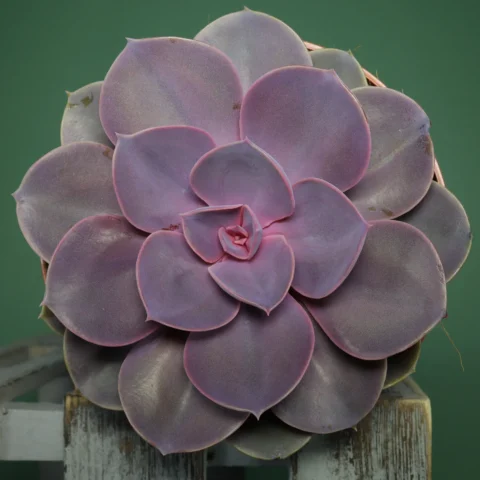 Echeveria gibbiflora
Echeveria gibbiflora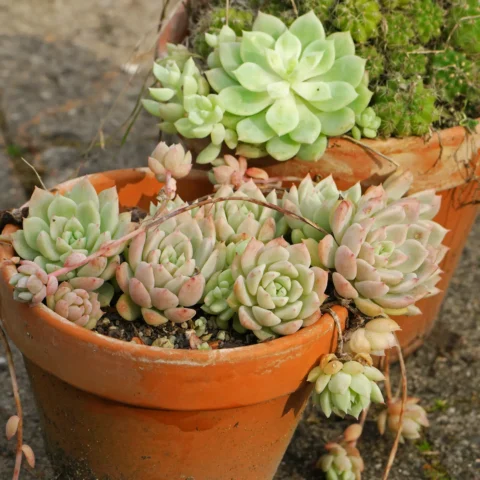 Echeveria prolifica
Echeveria prolifica Goldmoss Stonecrop
Goldmoss Stonecrop Graptopetalum
Graptopetalum Hardy Stonecrops (Sedum)
Hardy Stonecrops (Sedum) How to care for Echeveria pulidonis
How to care for Echeveria pulidonis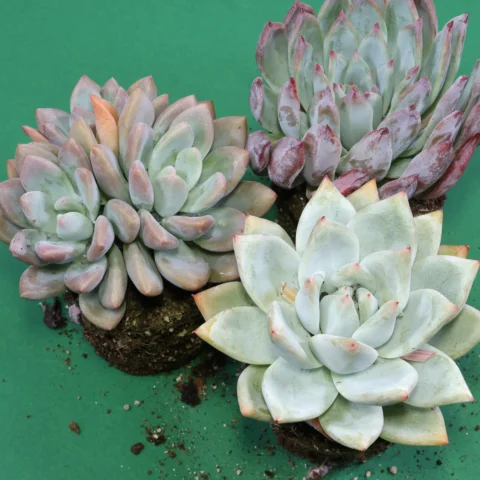 How to care for the Mexican giant (Echeveria colorata)
How to care for the Mexican giant (Echeveria colorata)